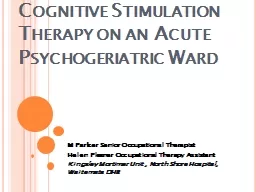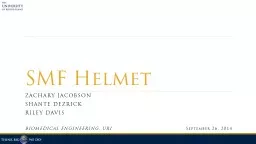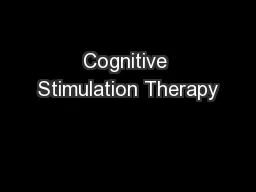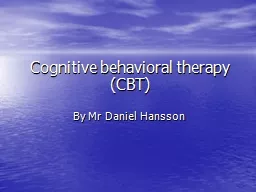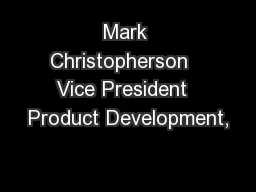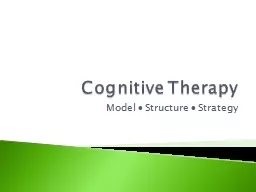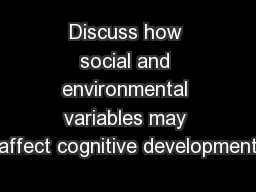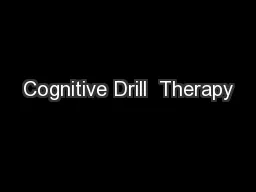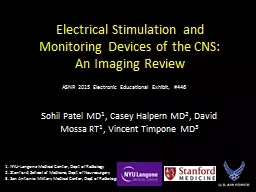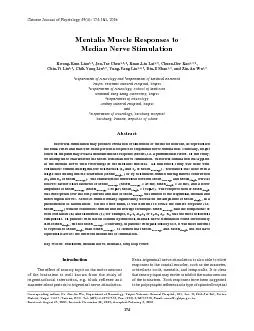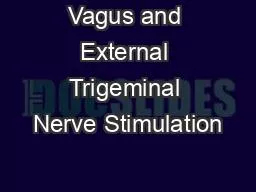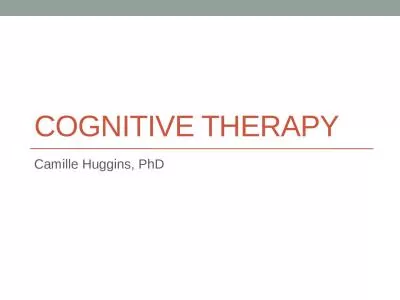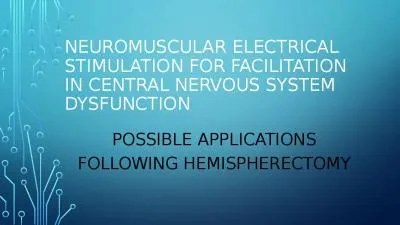PPT-Cognitive Stimulation Therapy on an Acute Psychogeriatric W
Author : phoebe-click | Published Date : 2017-06-07
M Parker Senior Occupational Therapist Helen Plesner Occupational Therapy Assistant Kingsley Mortimer Unit North Shore Hospital Waitemata DHB Aim Explain the
Presentation Embed Code
Download Presentation
Download Presentation The PPT/PDF document "Cognitive Stimulation Therapy on an Acut..." is the property of its rightful owner. Permission is granted to download and print the materials on this website for personal, non-commercial use only, and to display it on your personal computer provided you do not modify the materials and that you retain all copyright notices contained in the materials. By downloading content from our website, you accept the terms of this agreement.
Cognitive Stimulation Therapy on an Acute Psychogeriatric W: Transcript
M Parker Senior Occupational Therapist Helen Plesner Occupational Therapy Assistant Kingsley Mortimer Unit North Shore Hospital Waitemata DHB Aim Explain the rationale for adapting CST in an acute p. a research update and clinical workshop. Tony Morrison. Division of Clinical Psychology, University of Manchester. & Psychosis Research Unit, GMWMHT . Objectives. Outline UHR and Psychosis. Cognitive approach to understanding psychosis. Zachary . Jacobson. Shante . Dezrick. Riley . Davis. Biomedical . Engineering. , . URI. . September 26, 2014. Structure of presentation. Design Process. Clinical Studies. Future work. Design Process. (CST) . for people with dementia. Ritchard Ledgerd. Clinical Researcher. Acknowledgements: Dr Aimee . Spector. , Amy . Streater. Aims of the Cognitive Stimulation Therapy (CST) study. To combine elements of past research to create an evidence-based group therapy programme for people with dementia.. behavioral therapy (CBT). By Mr Daniel Hansson. Activity. Take this online cognitive test:. http://www.helpself.com/thinker.htm. Do you agree with the claims of the test? Why or why not?. Cognitive . Inspire Medical Systems, Inc.. NANS, December 6, 2012. “A Solution for Obstructive Sleep Apnea: . Closed Loop . Neuromodulation. : ”. The Inspire Therapy is Investigational Use Only in the United States. Structure Strategy. Cognitive Therapy. Training Session 1: Introduction to the Cognitive Model. The cognitive model proposes that distorted or dysfunctional thinking [which influences the patient’s mood and behavior] is common to all psychological disturbances. . Cognitive development is affected by a number of social and environmental variables that interact with the child’s genetic inheritance in complex ways that are not yet fully understood. . Stimulation, adequate nutrition, and parental nurturance are important factors in brain development and therefore also in developing cognitive competence.. Dr. . Rakesh. Kumar, Ph.D.. Senior Clinical Psychologist. Institute of Mental Health and Hospital, . Agra-282002. Day-1: Concepts & Assessment. Day-2: Cognitive Drill. Day-3: Theories & Areas of Research. An Imaging Review. Sohil. Patel MD. 1. , Casey Halpern MD. 2. , David . Mossa. RT. 1. , Vincent . Timpone. MD. 3. 1. NYU-. Langone. Medical Center, . Dept. of Radiology. 2. Stanford School of Medicine, . The medical-grade device is safe to use as it is approved by the FDA in 2000 and the safety mechanism is one thing that makes it popular among women. reflex (14). Polysynaptic reflexes are usually engagedreflex. The palmomental reflex is a brief contractionunilateral pouting expression. It is not easy to speculatepalmomental reflex. It has been Page 1of 19UnitedHealthcare Commercial Medical PolicyEffective 04/01/2021Proprietary Information of UnitedHealthcare Copyright 2021United HealthCare Services IncUnitedHealthcareCommercial MedicalPolic In the last class . We reviewed: . The elements of the counseling relationship. . The types of questions that is important for counseling. . The therapist-client relationship. . Lesson Objectives . Overview of Cognitive Behavioral Therapy. . Possible applications following . hemispherectomy. NMES – HOW?. . Surface. Therapeutic. Short . to Medium term . Training. Implant. Long term . Management (FES). NMES – WHEN?. Acute H. abilitation.
Download Document
Here is the link to download the presentation.
"Cognitive Stimulation Therapy on an Acute Psychogeriatric W"The content belongs to its owner. You may download and print it for personal use, without modification, and keep all copyright notices. By downloading, you agree to these terms.
Related Documents

